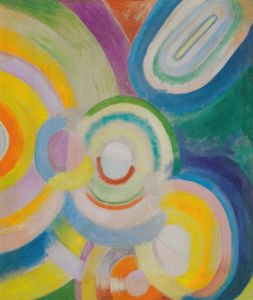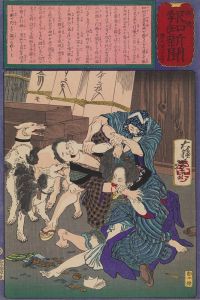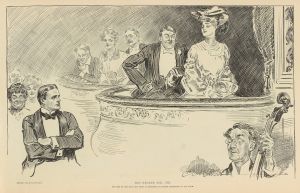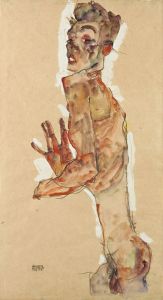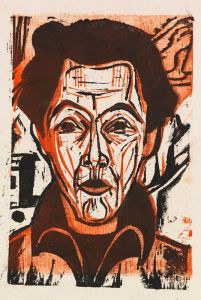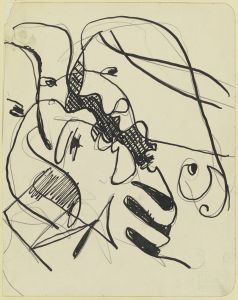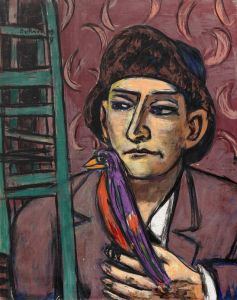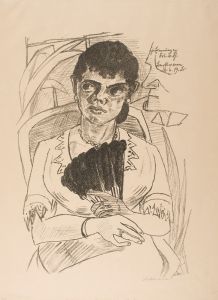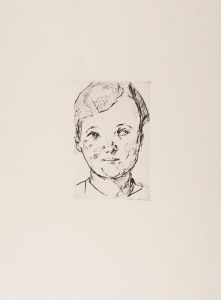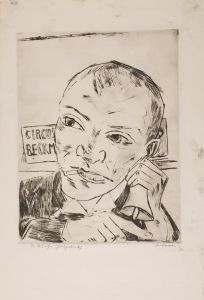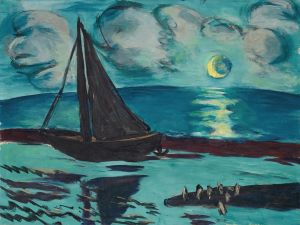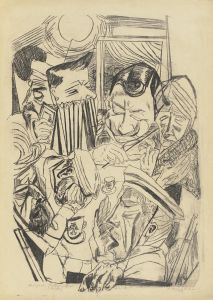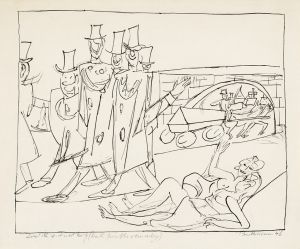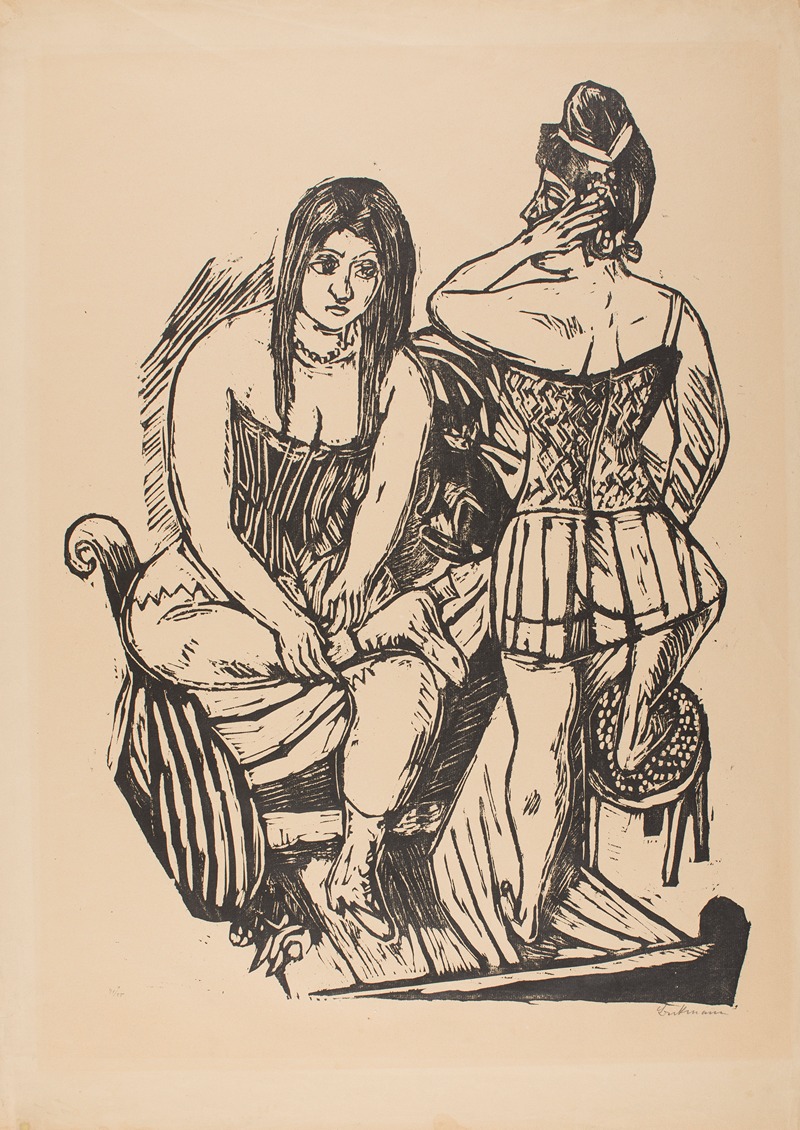
At Toilette
A hand-painted replica of Max Beckmann’s masterpiece At Toilette, meticulously crafted by professional artists to capture the true essence of the original. Each piece is created with museum-quality canvas and rare mineral pigments, carefully painted by experienced artists with delicate brushstrokes and rich, layered colors to perfectly recreate the texture of the original artwork. Unlike machine-printed reproductions, this hand-painted version brings the painting to life, infused with the artist’s emotions and skill in every stroke. Whether for personal collection or home decoration, it instantly elevates the artistic atmosphere of any space.
"At Toilette" is a painting by the German artist Max Beckmann, created in 1937. Beckmann, born on February 12, 1884, in Leipzig, Germany, is known for his distinctive style that blends elements of Expressionism and New Objectivity. His works often reflect the tumultuous socio-political landscape of early 20th-century Europe, marked by two World Wars and the rise of totalitarian regimes.
"At Toilette" is a striking example of Beckmann's mature style, characterized by bold lines, dramatic compositions, and a deep psychological intensity. The painting depicts a woman seated at her dressing table, engaged in the intimate act of grooming. The scene is rendered with a sense of immediacy and tension, typical of Beckmann's work during this period.
The composition of "At Toilette" is notable for its use of space and perspective. Beckmann employs a compressed, almost claustrophobic space that draws the viewer's eye towards the central figure. The woman's reflection in the mirror adds a layer of complexity to the composition, creating a dialogue between the subject and her mirrored image. This interplay of reality and reflection is a recurring theme in Beckmann's oeuvre, often used to explore deeper psychological and existential questions.
Beckmann's use of color in "At Toilette" is both expressive and symbolic. The palette is dominated by dark, muted tones, with occasional bursts of vibrant color that draw attention to specific elements within the scene. This contrast between light and dark, color and shadow, enhances the emotional impact of the painting, conveying a sense of inner turmoil and introspection.
The period during which Beckmann created "At Toilette" was one of significant personal and political upheaval. In 1933, the Nazi regime came to power in Germany, and Beckmann, whose work was labeled "degenerate" by the Nazis, was dismissed from his teaching position at the Städelschule in Frankfurt. He subsequently fled to Amsterdam in 1937, the same year he painted "At Toilette." This period of exile and uncertainty is reflected in the somber mood and introspective nature of the painting.
"At Toilette" is also significant within the broader context of Beckmann's body of work. It exemplifies his continued exploration of the human condition, particularly the themes of identity, self-reflection, and the passage of time. The intimate setting of the dressing table serves as a metaphor for the act of self-examination, both literal and figurative.
Max Beckmann's influence on modern art is profound, and his works continue to be celebrated for their emotional depth and technical mastery. "At Toilette" is a testament to his ability to capture the complexities of the human experience, using a visual language that is both personal and universal.
Today, "At Toilette" is held in high regard by art historians and collectors alike. It remains an important piece within Beckmann's oeuvre, offering insight into the artist's psyche during a period of great personal and historical significance. The painting is a powerful reminder of the enduring impact of Beckmann's work and his contribution to the development of modern art.





